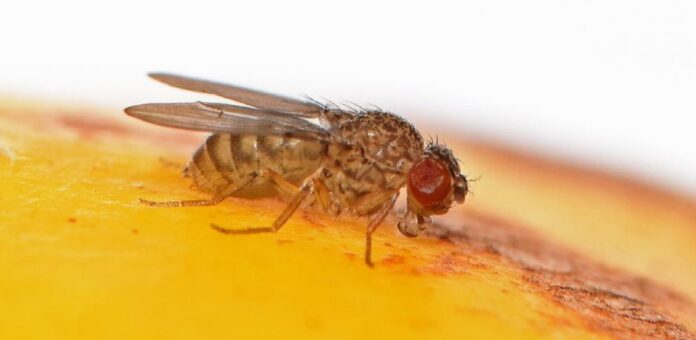Parthenogenesis is the process through which uniparental babies have just the maternal genome, commonly called virgin birth. Charles Bonnet discovered it in aphids, now found in practically every phylum. The ability to switch between sexual and parthenogenetic reproduction is provided by facultative parthenogenesis, whereas obligate parthenogens do not readily engage in sexual reproduction.
Scientists have successfully produced virgin birth in the sexually reproducing fruit fly Drosophila melanogaster. This talent is passed down through generations, allowing descendants to reproduce sexually if males are available or by virgin birth if there aren’t.
Dr. Alexis Sperling of the University of Cambridge was the first to show that virgin births may occur in animals. They examined the genomes of two strains of Drosophila mercatorum, another fruit fly species. They identified which genes were activated or deactivated when the flies reproduced without fathers. The researchers then modified the equivalent genes in the model fruit fly, Drosophila melanogaster, and it worked.
She said, “In our genetically manipulated flies, the females waited to find a male for half their lives about 40 days but then gave up and proceeded to have a virgin birth.”
The virgin birth, often known as ‘parthenogenesis,’ is the process by which an egg develops into an embryo without the requirement for sperm fertilization. The children of a virgin birth are genetically identical and invariably female.
She said, “If there’s continued selection pressure for virgin births in insect pests, which there seems to be, it will eventually lead to them reproducing only in this way. It could become a real problem for agriculture because females produce only females, so their ability to spread doubles.”
The research involved over 220,000 virgin fruit flies and took six years to complete. Drosophila melanogaster was able to give birth to virgins. This work was done in Drosophila melanogaster and was critical to the discovery. This fly has been the ‘model organism’ for research in genetics for over 100 years, and its genes are very well understood.
The study highlights the importance of genetic engineering in enabling virgin births in animals, as it could help maintain the species and prevent the spread of diseases.
The Leverhulme Trust funded the research.
Journal Reference:
- Alexis L. Sperling, Daniel K. Fabian, et al.A genetic basis for facultative parthenogenesis in Drosophila. Current Biology.DOI: 10.1016/j.cub.2023.07.006
